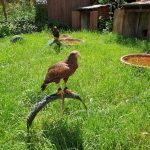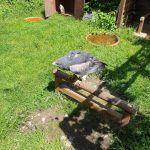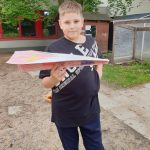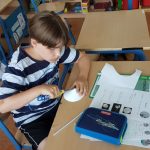A lot of activities about “Flight”
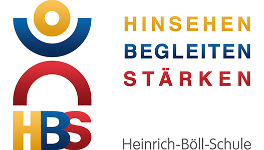
This summer the astronauts class dealt with the topic „flying“. During the first half of the lessons we learned a lot about the natural way of flying by studying different types of birds.
A special highlight of the lesson was the visit of a falconer, where we could observe the birds in their natural habitat and experience the falcons hunting their prey. We even had the opportunity to touch the birds and especially courageous students could hold falcons on their arms.
In the second half of the lessons we transferred our newly gained knowledge about the way birds fly to the subject of airplanes. In order to put our knowledge into practice, we have folded different types of paper airplanes. At first it was quite difficult for us to make the paper planes, but after some practice we became more and more familiar with the folding technique.
Of course we didn’t miss the opportunity to test the paper airplanes professionally.
By collecting and comparing the data of the flight distance of different paper planes we could connect the flight distance with the start speed, the weight and the aerodynamic of a plane. Finally, we designed different types of helicopters and rockets and determined their flight capabilities. We found out how many paper clips a helicopter can carry and practiced landing the helicopter on a landing site. By folding different types of rotor blades, we have discovered that the rotation of the helicopter is primarily influenced by the shape of the rotor blades. In the last lesson, we studied the propulsion mechanism of rockets. It was a lot of fun to create the rockets from special balloons and let them take off on our test track. We also found out that rockets are able to fly a very long distance due to the high air pressure. All in all, the project was a lot of fun for us. In each lesson we learned something about the Bernoulli and the Coanda effect through our flight experiments. As a result, we could explain why our flying machines were able to fly.




